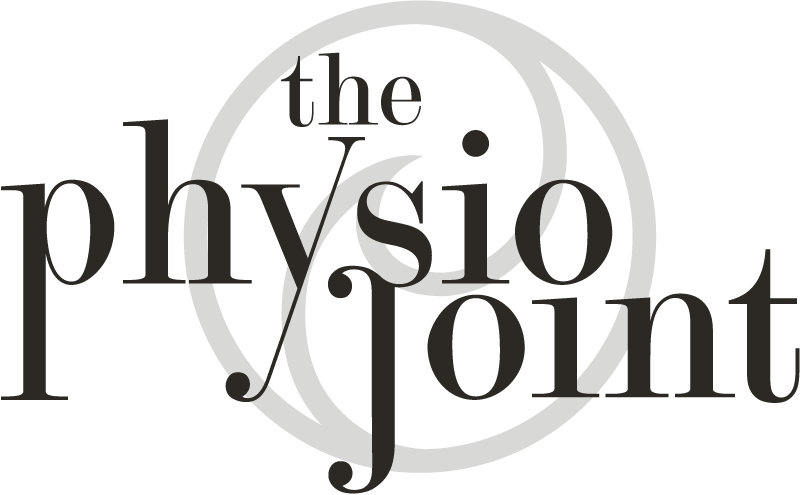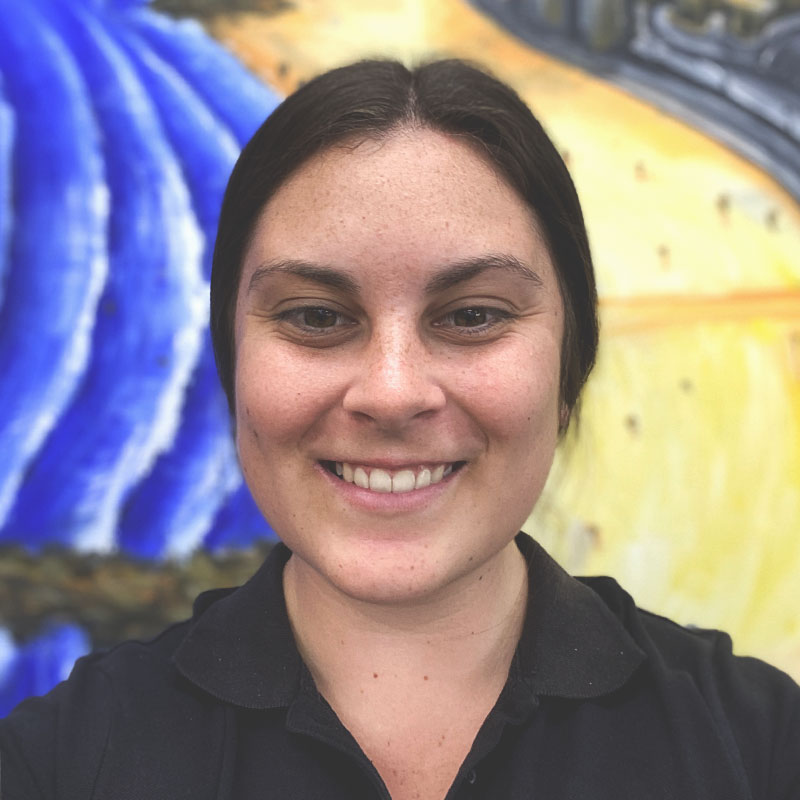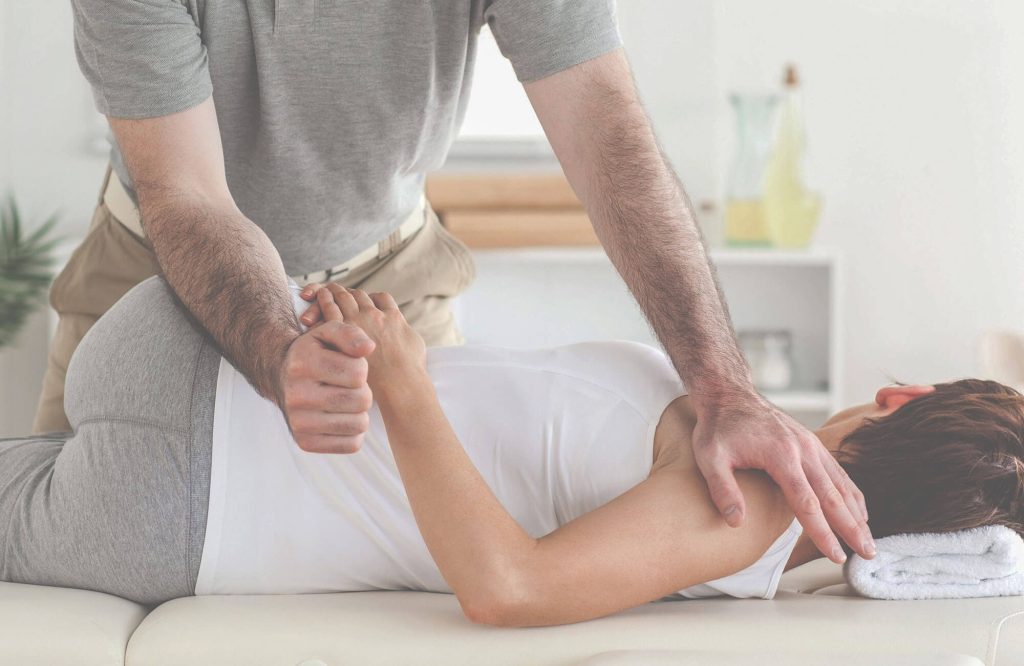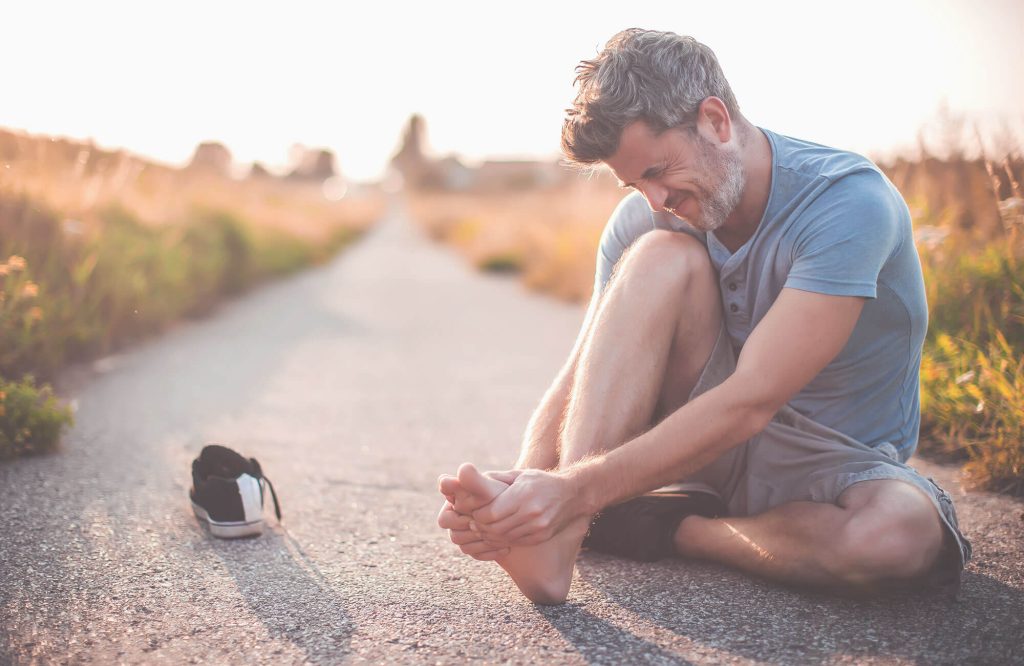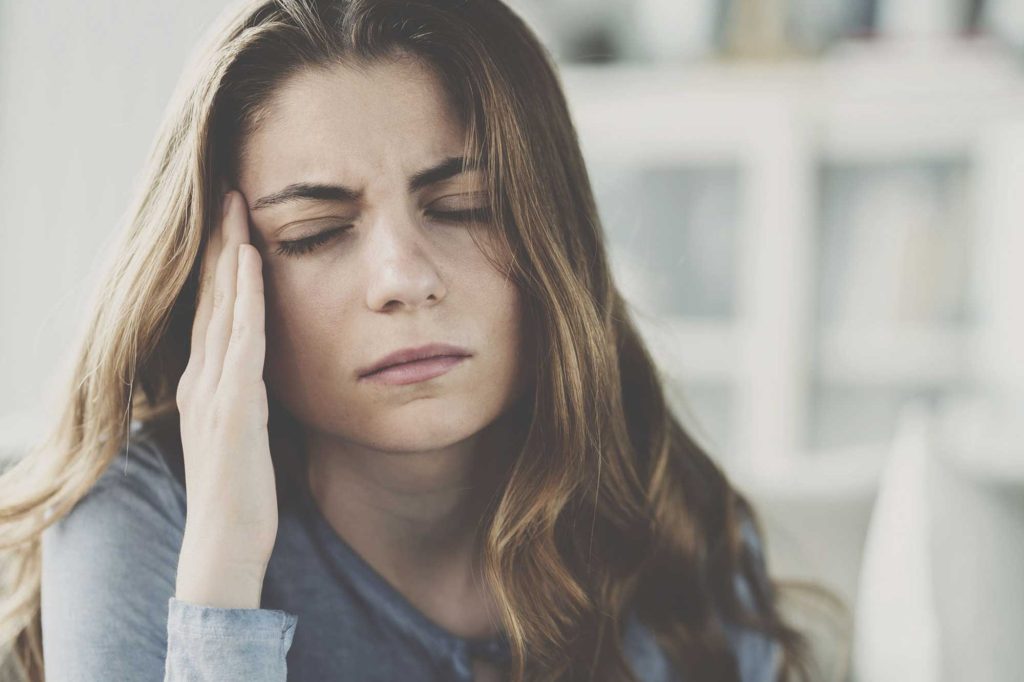Osteoarthritis (OA) is the most common type of arthritis. It tends to occur in middle age or due to an injury or obesity.
Sometimes called wear and tear arthritis, osteoarthritis is the most common type of arthritis. When the smooth cushion between bones (cartilage) breaks down, joints can get painful, swollen and hard to move. OA can affect any joint, but it occurs most often in hands, knees, hips, lower back and neck. OA can happen at any age, but it commonly starts in the 50s and affects women more than men. This disease starts gradually and worsens over time. But there are ways to manage OA to prevent or minimise pain and keep mobile. Some people never develop OA.
Here are some things that may contribute to OA:
- Age: The risk of developing OA increases as someone gets older because bones, muscles and joints are also aging.
- Joint injury: A break or tear, can lead to OA after many years.
- Overuse: Using the same joints repetitively in a job or sport can result in OA.
- Obesity: Extra weight puts more stress on a joint and fats cells promote inflammation.
- Weak muscles: Joints can get out of the right position when there’s not enough support.
- Genes: People with family members who have OA are more likely to develop OA.
- Gender: Women are more likely to develop OA than men.
Symptoms tend to build over time rather than show up suddenly. They include:
- Pain or aching in the joint during activity, after long activity or at the end of the day.
- Joint stiffness usually occurs first thing in the morning or after resting.
- Limited range of motion that may go away after movement.
- Clicking or cracking sound when a joint bends.
- Swelling around a joint.
- Muscle weakness around the joint.
- Joint instability or buckling
Physiotherapy treatment:
Movement is an essential part of an OA treatment plan. Getting 150 minutes of moderate-to-vigorous exercise per week should be the goal according to the World Health Organisation. A good exercise program to fight OA pain and stiffness has four parts:
- Strengthening exercises build muscles around painful joints and helps to ease the stress on them.
- Range-of-motion exercise or stretching helps to reduce stiffness and keep joints moving.
- Aerobic or cardio exercises help improve stamina and energy levels and reduce excess weight.
- Balance exercises help strengthen small muscles around the knees and ankles and help prevent falls.
If this relates to you, don’t hesitate to book now with one of our physiotherapists.
